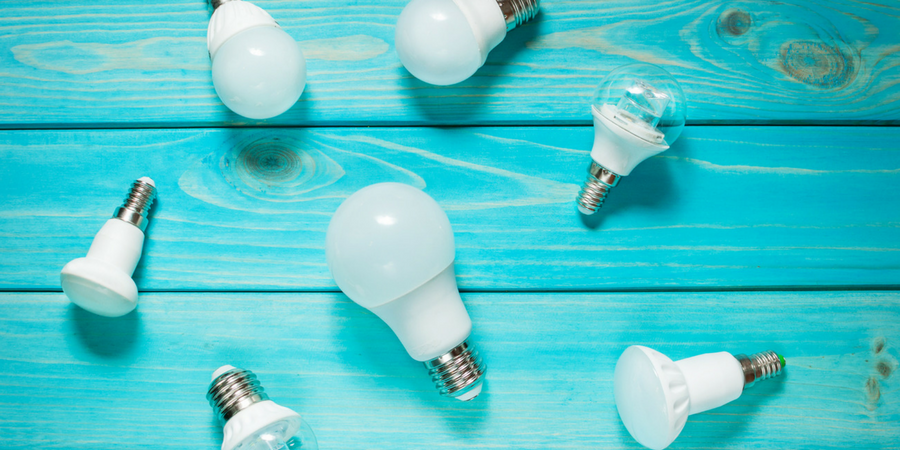Ten Benefits of Switching from Conventional Lighting to LED Lights

If you’ve heard of LED lights, you’ve probably been told they’re better than conventional lighting. If you’d like to know why LED lights are better, this list describes how LED lights save you money, how they can customize your lighting needs, and lower your carbon footprint.
- LED lights outlive conventional bulbs
How many times per year do you think you buy light bulbs? If you’d like to drop the late night visits to the drug store for the next 11 years, the use of an LED bulb functions for 100 hours of continuous operation. You could stretch that out to 22 years at 50% operation.
- LED lights are more ecologically friendly
The conventional bulbs we throw out, like fluorescent bulbs, can contain toxic chemicals like mercury. This scenario is just as bad for the environment as it is for you. LED lights contain no toxic substances and they are 100% recyclable. The use of one LED light saves the material and production of 25 incandescent light bulbs.
- Conventional lighting uses more energy than LED bulbs
If you use conventional lighting and spend $100 on your energy bill, only $20 of the energy purchased actual brought light into your room. The other $80 of energy escaped as heat! Holding at 80% efficiency, LED lighting costs will drop to $20 and put that $80 you were spending in runaway light bulb heat back in your wallet!
- LED lights are more durable
The components of an LED bulb are sturdier than those of conventional bulbs. They travel better and withstand harsher conditions than conventional lighting. LED lights are the smartest option for outdoor lamps as they are more resistant to harsh weather conditions.
- LED lights release almost zero UV emissions
LED lighting produces very little infrared light and virtually no UV emissions. This factor makes LED lighting preferable for museums, art galleries, and any other place housing UV sensitive objects.
- Conventional lighting provide fewer options for design customization
Not only can LED lights take multiple shapes to produce the most efficient lighting for any space, you can adjust the brightness to change the atmosphere of the room. LEDs can be dimmed and brightened for more dynamic control of light and color distribution.
- LED bulbs can withstand the freezing temperatures
Fluorescent lampscan’t stand the cold while LED lights are ideal for outdoor conditions or freezer rooms.
- Conventional lighting disperses less efficiently
LED lights are designed to focus the stream of light on a specific location with no need for an external reflector. An LED light can place your light right where you need it on your desk or counter rather than filtering out all over the room.
- LED lights brighten instantly
You know how some conventional lights look like they have to warm up to achieve full brightness? LED bulbs brighten to full capacity immediately upon switching on. While you’re switching it on and off, an LED light can handle the frequent flipping of the switch without depleting its lifespan as is the case with conventional lighting.
- LED lighting runs well on low-voltage power supplies
Particularly of benefit to residents in more rural areas, LED lights are still high functioning on low-voltage power supplies. LED lights also have the benefit of functioning in conjunction with solar-energy sources.
The case for LED bulbs
A case for conventional light would be hard to make against the long lasting, energy efficient lead of LED bulbs. LED lights can be placed virtually anywhere, they’re recyclable, and their light is bright and focused on where you need it rather than darting all over the room (or heating the room). The varieties of LEDs are abundant and available for you to make the switch and save yourself some green with a greener light bulb.



 Facebook
Facebook
 Twitter
Twitter
 Instagram
Instagram
 Youtube
Youtube





